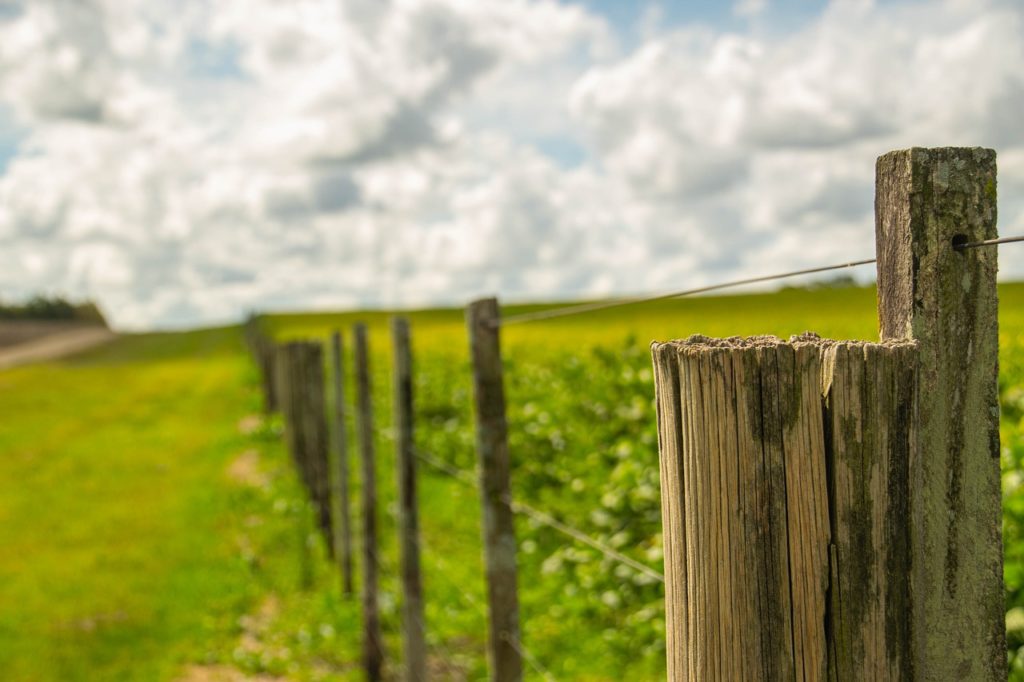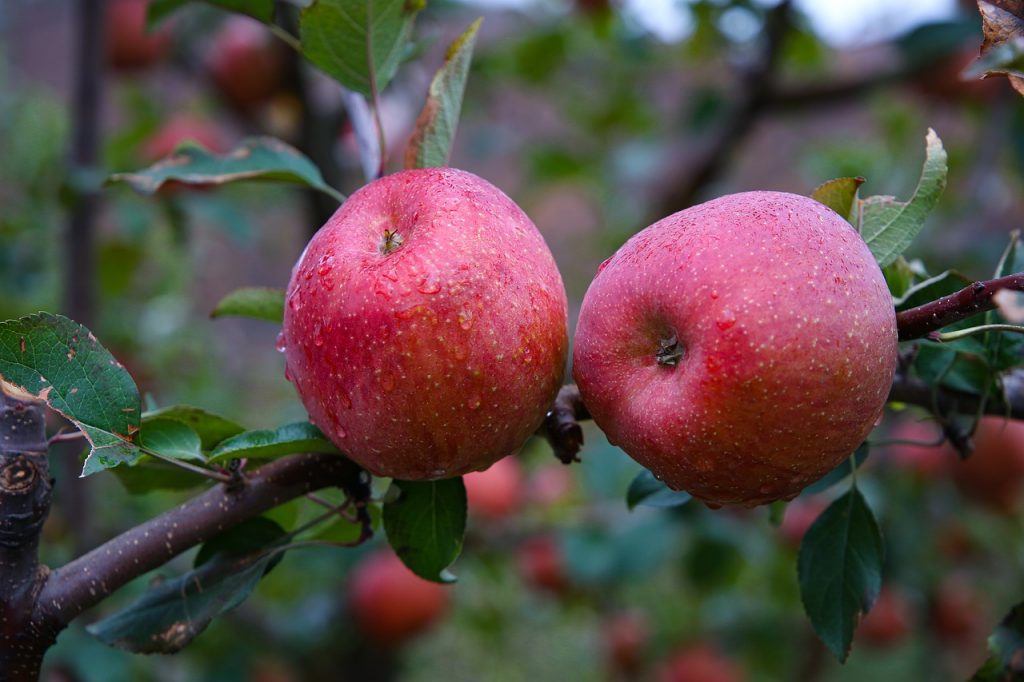The economy of Jammu and Kashmir relies heavily on agriculture, horticulture, and floriculture. Farming is one of the main industrial sectors in J&K owing to the conducive climate and soil for the cultivation of various crops in the state
Rice, the staple of Kashmiris, is widely cultivated in this region, followed by maize, pulses, wheat, and barley. Kashmir is among the world’s largest cultivator of saffron. Tulips, lotuses, lavender, and marigold are some of the important flowers grown in Kashmir. Various fruits that are cultivated in Jammu and Kashmir include apples, peaches, pears, cherries, almonds, and walnuts, while the vegetables grown here include cauliflower, cabbage, tomatoes, potatoes, onions, radishes, okra, and peas. Here, we look at some of the major crops cultivated in Jammu and Kashmir along with the regions in which each crop grows and the best season for its cultivation.
Cultivation of Saffron
In J&K, saffron is cultivated in Kishtwar, Srinagar, Budgam, and Pulwama. Saffron cultivation in Pulwama is concentrated in the Pampore region, which is famously known as the saffron town. Pulwama district has the highest saffron cultivation in J&K, which is why it is known as the Saffron Bowl. Autumn is the best season to grow saffron in Kashmir. It is harvested once a year in October-November.
Tulip Cultivation
Kashmir is home to Asia’s largest tulip garden, which has around 65 varieties. The blooming season of tulips is spring, during which Srinagar hosts the Tulip Festival, one of the most sought-after attractions of tourists.
Lotus Cultivation
Lotuses are grown abundantly in the lakes of Kashmir. Their blooming season is summer and spring.
Other Flowers That Grow in Kashmir
Kashmiri iris, roses, daffodils, marigolds, and carnations are also cultivated in Jammu and Kashmir. Most of them blossom in spring and hence, it is one of the best times to visit J&K.
Cultivation of Apples
75% of the total apples in India are cultivated in Kashmir. Majority of apple orchards in Kashmir are located in Shopian, Baramulla, Ganderbal, Kupwara, Kulgam, and Anantnag districts. The best season to grown apples grown in Kashmir is around July-August in the monsoon season, when the day temperatures are high and the snow melts.
Walnut Cultivation
Anantnag, Shopian, and Kupwara are renowned for their walnut trees, with Kupwara being the largest grower of this dry fruit. Wonth, Kagazi, and Burzul are the three varieties of walnuts cultivated in Kashmir. 2.66 lakh metric tons of walnuts are grown on about 89,000 ha of land in J&K. They are harvested during autumn.
Almond Cultivation
In the Kashmir Valley, almonds are primarily cultivated in Pulwama and Budgam. Shalimar, Waris, Makdoon, and Kagzi are some of the almond varieties grown here. Almond blossoms can be seen in March, and the fruit ripens by July.
Other Dry Fruits Grown in Kashmir
Apart from walnuts and almonds, apricots, dried figs, cashew nuts, and raisins are also cultivated in Kashmir.
Cultivation of Rice
Many rice varieties are cultivated in different parts of J&K. Jammu district is famous for rice cultivation and Kupwara, Anantnag, and Budgam in Kashmir are among the other places where rice is cultivated on a large scale.
Cultivation of Maize
In terms of area of land under cultivation, maize is a major crop in J&K, and its average yield has almost doubled in the last ten years. Digwar, a village in Poonch is well-known for its maize crops in Kashmir. Maize is widely cultivated in the Kandi, Karewa, and plain areas, primarily during the kharif season.
Cultivation of Wheat
In Jammu and Kashmir, wheat is mainly grown in Jammu, Udhampur, Rajouri, and Poonch. It is a rabbi crop, which usually sown in autumn.
Other Food Crops Grown in Kashmir
Apart from rice, maize, and wheat, millets, oil seeds, and pulses are also cultivated in Kashmir.
Cultivation of Bamboo
The cultivation of bamboo has a good potential in Jammu and Kashmir. Bamboo is grown commercially in Kanjali and Chumbian villages in Reasi district. It is also cultivated in Teetwal and Uri. It is important for the economy and ecology of J&K and is relatively more resistant to insects and pests. It is used as a building material and its timber can be used in handicrafts.
In the last few years, farmers and orchardists in Kashmir have started experimenting with exotic fruits and vegetables and new varieties of crops. Consequently, agriculture, horticulture, and floriculture sectors are flourishing in J&K, and agro-based businesses are leading to economic growth in the region. With such a wide variety of fruits, vegetables, and food crops growing here, the future of cultivation in Jammu and Kashmir is indeed promising.



